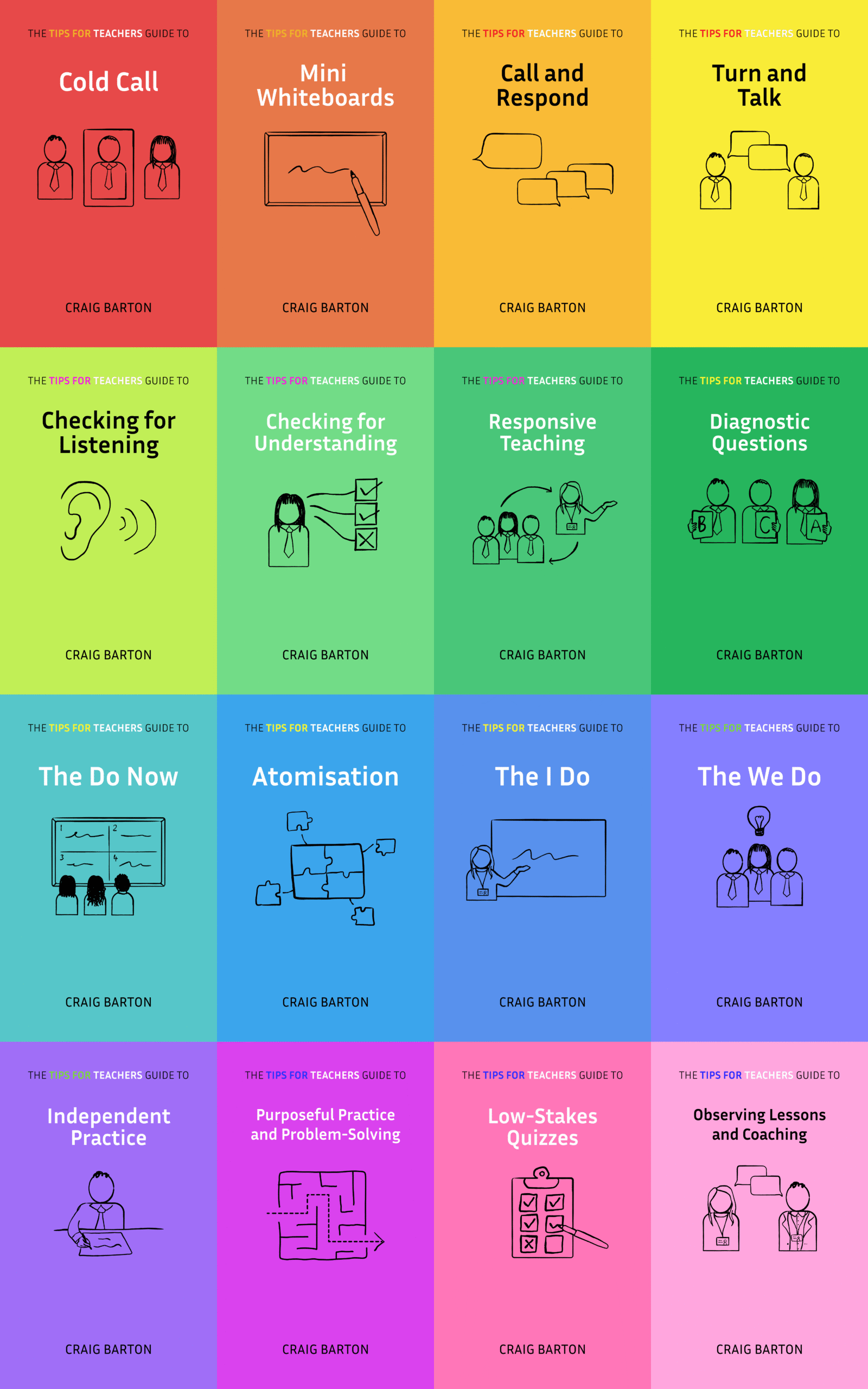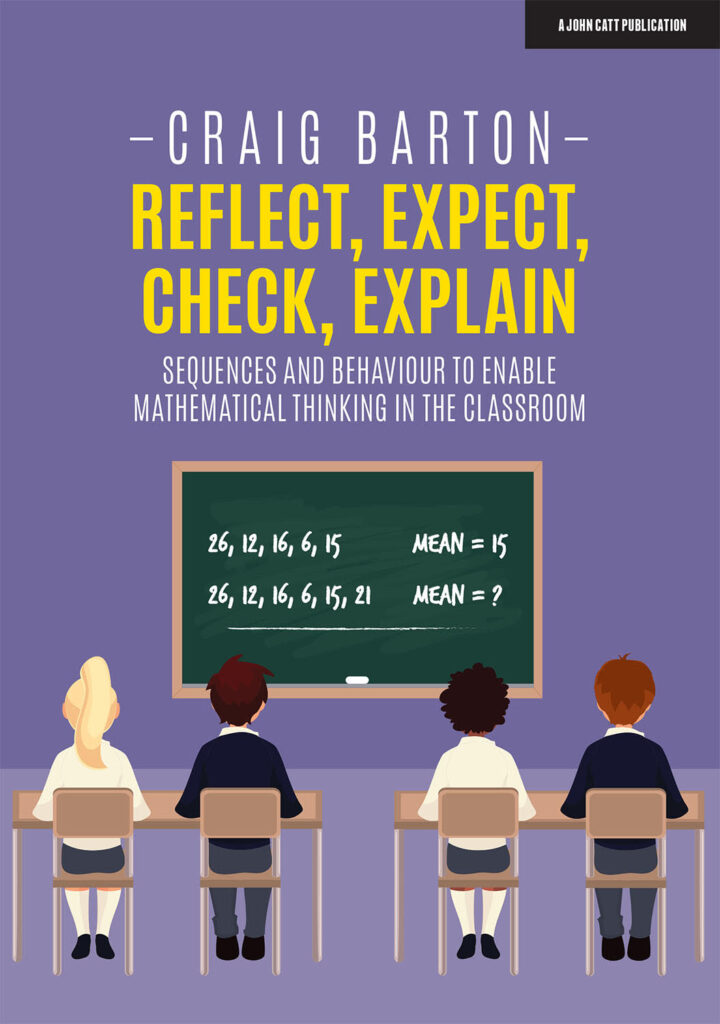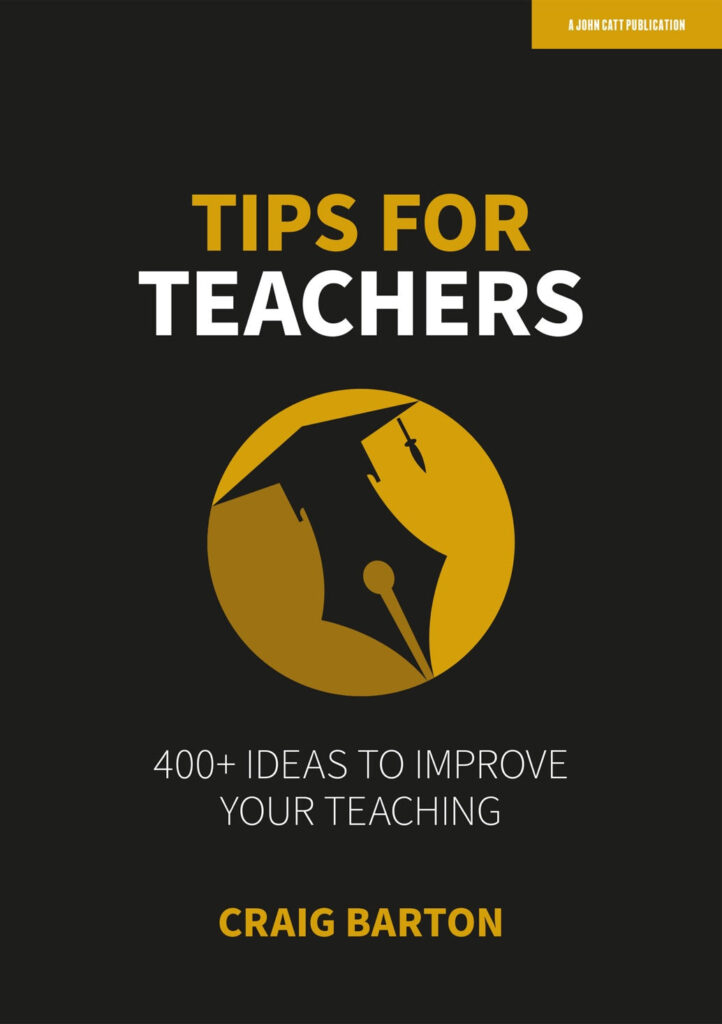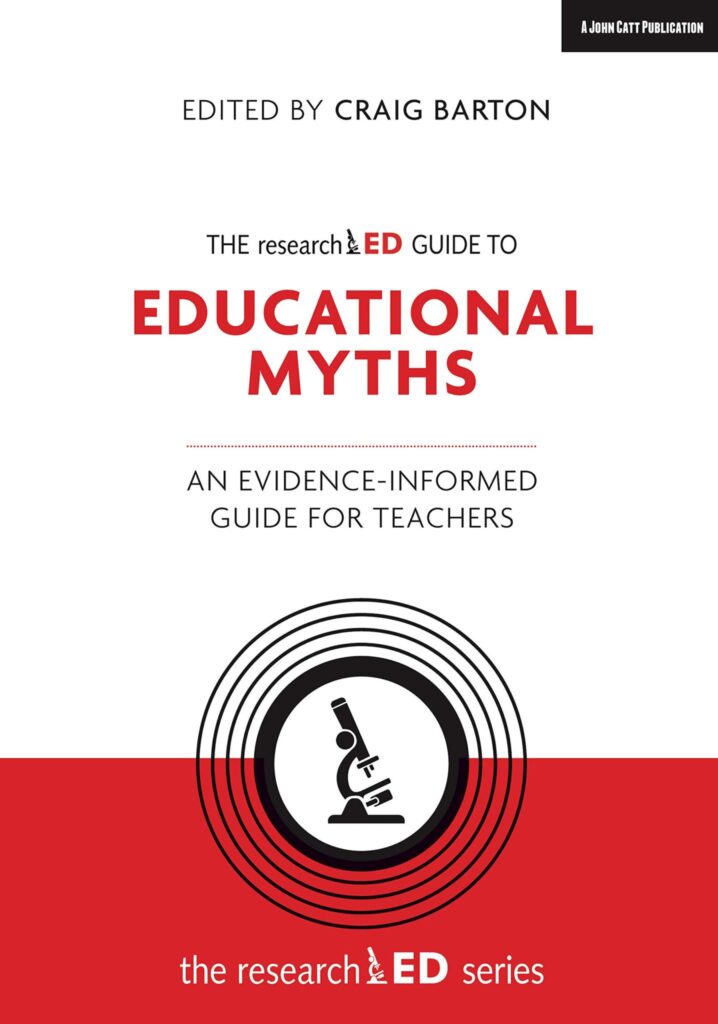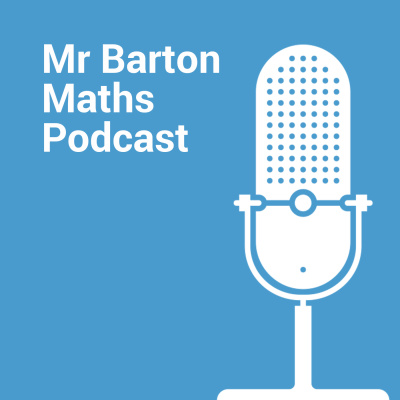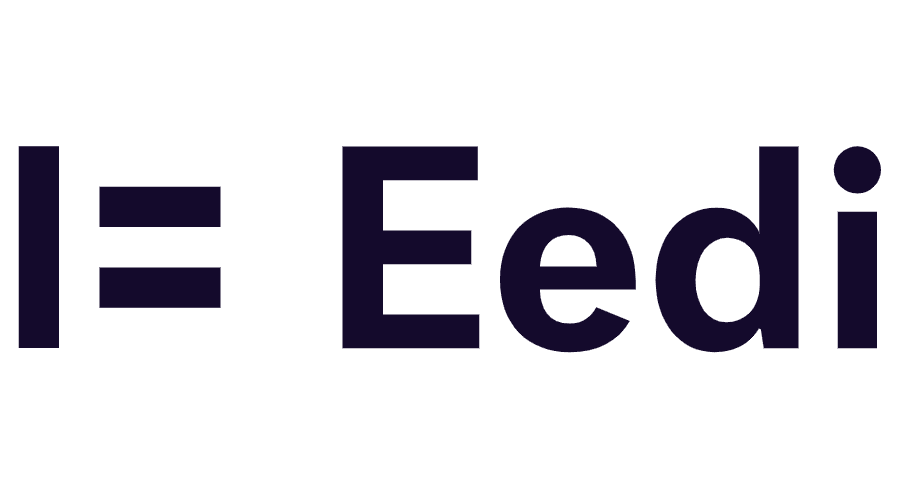
- Title: What Teachers Say and Do to Support Students’ Autonomy During a Learning Activity
- Authors: Reeve and Jang
- Access the original paper here
- Watch a video overview:
Paper summary
This scholarly article explores how teachers’ instructional behaviours impact students’ autonomy and overall classroom motivation. The authors conducted an experiment with preservice teachers and students to identify specific actions that either support or hinder a student’s sense of self-direction. They found that behaviours like listening and offering encouraging hints foster autonomy, while issuing commands or monopolising learning materials undermine it, ultimately affecting student engagement, interest, and performance. The research highlights the importance of a teacher’s motivating style in cultivating an internal desire to learn within students.
If teachers remember one thing from this study, it should be…
If teachers remember one thing from this study, it should be that supporting students’ autonomy—by nurturing their inner motivational resources—positively impacts their engagement, learning, and well-being. Conversely, a controlling style thwarts autonomy, leading to negative outcomes.
***Paper Deep Dive***
Define any technical terms used in the paper
Self-determination Theory: A framework that conceptualises teachers’ motivating styles along a continuum from highly controlling to highly autonomy-supportive.
Autonomy: An inner endorsement of one’s actions, where motivation emerges from internal, volitional sources, leading to a sense of freedom and choice.
Autonomy Support: Interpersonal behaviours teachers use to nurture students’ inner motivational resources, such as needs, interests, and preferences.
Controlling Style: Teachers shape students’ behaviour toward a teacher-defined agenda using external contingencies and pressuring language, which hinders autonomy.
What are the characteristics of the participants in the study?
The study’s participants were 72 pairs of same-sex preservice teachers (62 female, 10 male) from a large midwestern university’s teacher certification program. They were primarily Caucasian White (86%) and spanned various academic levels, including sophomores, juniors, seniors, and postbaccalaureates.
What does this paper add to the current field of research?
This study empirically identified which specific instructional behaviours of teachers positively or negatively correlate with students’ perceived autonomy. While previous research categorised teacher styles, this paper precisely tested the functional significance of individual behaviours, confirming 8 autonomy supports and 6 autonomy thwarts.
What are the key implications for teachers in the classroom?
The study offers several key implications for teachers in the classroom, primarily revolving around how their instructional behaviours impact students’ autonomy and, consequently, their motivation and learning outcomes.
The core takeaway is that teachers should support students’ autonomy rather than control their behaviour. This means nurturing students’ inner motivational resources like their psychological needs, interests, preferences, goals, strivings, and values.
Specific Autonomy-Supportive Instructional Behaviours to Adopt:
Teachers can foster students’ autonomy by:
- Listening: Carefully and fully attending to students’ speech.
- Allowing student to work in own way: Inviting or allowing students to work independently and solve problems in their unique manner.
- Time student talking: Providing opportunities for students to express themselves verbally.
- Praise as informational feedback: Using statements that communicate positive feedback about improvement or mastery, rather than as a contingent reward.
- Offering encouragements: Boosting or sustaining student engagement with statements like “You can do it”.
- Offering hints: Providing suggestions for progress when students are stuck, allowing them to maintain an internal locus during learning.
- Being responsive to student-generated questions: Providing contingent replies to students’ comments or questions.
- Communicating perspective-taking statements: Expressing empathy to acknowledge students’ perspectives or experiences, such as “Yes, this one is difficult”.
- Creating opportunities for alignment: Teachers should identify students’ inner resources and create classroom opportunities for students to align these resources with their classroom activity.
Specific Controlling Instructional Behaviours to Avoid:
Conversely, teachers should avoid behaviours that hinder students’ autonomy and instead promote an external locus of causality, pressure, and a sense of being assigned tasks:
- Holding/monopolising learning materials: Limiting students’ access or control over materials.
- Exhibiting solutions/answers: Physically displaying or revealing puzzle solutions before students have a chance to discover them independently.
- Uttering solutions/answers: Verbally revealing answers before students can find them themselves.
- Uttering directives/commands: Using commands such as “do,” “move,” “put,” or “turn”.
- Making should/got to statements: Phrases that imply the student “should,” “must,” or “has to” do something.
- Asking controlling questions: Posing directives as questions with an intonation that still implies a command, like “Can you move it like I showed you?”.
- Praise as contingent reward: Using praise as a social approval or positive evaluation that acts as a reward for compliance or right answers, rather than informational feedback.
- Criticising the student: Verbally disapproving of the student or their non-compliance.
Benefits of Autonomy Support: When teachers are autonomy-supportive, students experience greater perceived autonomy, leading to more positive functioning in various aspects, including increased classroom engagement, emotionality, creativity, intrinsic motivation, psychological well-being, conceptual understanding, academic achievement, and persistence in school.
Broader Implications for Teacher-Student Relationships: These specific instructional behaviours contribute to the overall quality of teacher-student relationships. Autonomy-supportive behaviours align with qualities like attunement (sensing and adjusting to students’ states) and supportiveness (affirming students’ capacity for self-direction). Conversely, controlling behaviours seem to forgo relationship-building qualities, focusing instead on shaping students toward teacher-defined answers and behaviours.
While the study was conducted in a laboratory setting with preservice teachers, similar findings have been replicated in classroom settings with veteran teachers, suggesting these implications are valuable and applicable to real-world teaching.
Why might teachers exercise caution before applying these findings in their classroom?
Teachers should exercise caution because the study was conducted in a laboratory setting with one-on-one interactions, resembling tutoring, not a typical classroom. The instructional sessions were brief (10 minutes), and participants were inexperienced preservice teachers, not veteran educators. These factors oversimplified the teacher-student relationship, limiting direct generalizability to complex classroom practices.
What is a single quote that summarises the key findings from the paper?
“Correlational analyses confirmed that students perceived the functional significance of 8 instructional behaviors as autonomy supports and 6 instructional behaviors as autonomy thwarts.”
